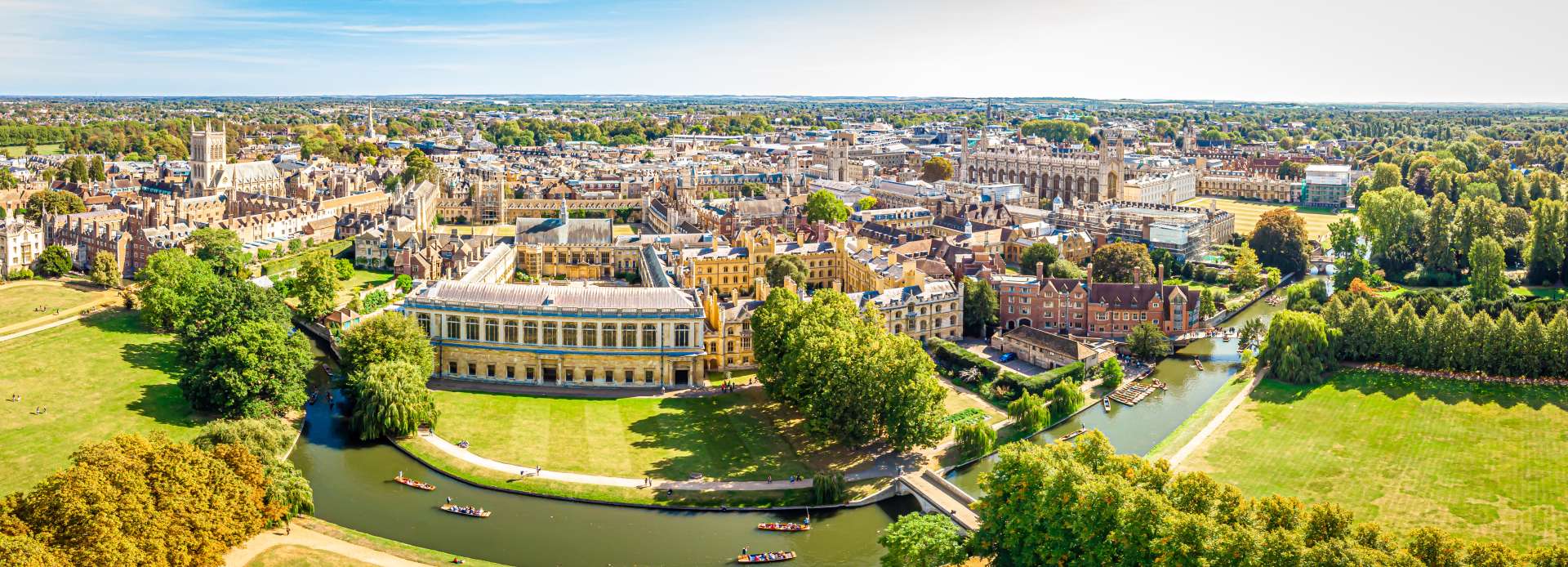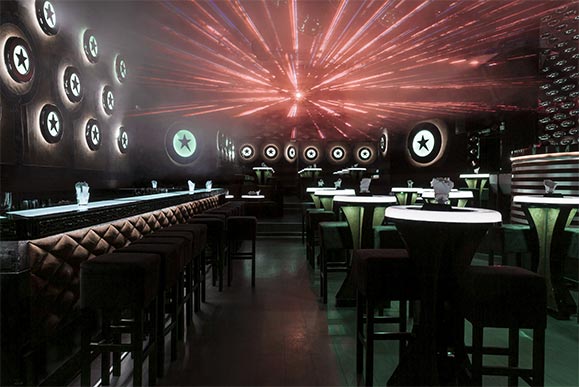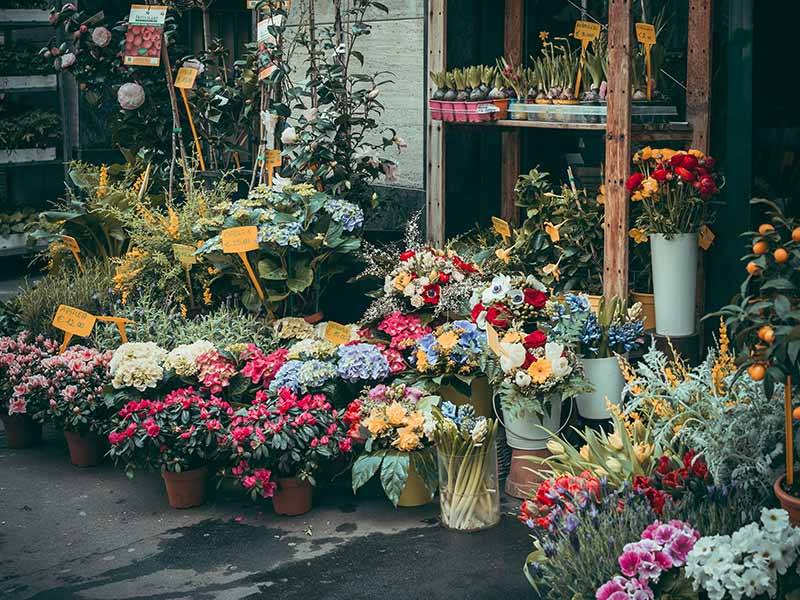
Kew Gardens: London’s Living Collection of Nature
Explore exotic plants, glasshouses, and treetop walks at London’s UNESCO-listed Royal Botanic Gardens, Kew. Royal Botanic Gardens, Kew Richmond London TW9 3AE
Specification
Outdoor SeatingA World of Plants in the Heart of London
Looking for a peaceful escape surrounded by nature? Kew Gardens, officially known as the Royal Botanic Gardens, Kew, is one of London’s most breathtaking destinations. A UNESCO World Heritage Site, Kew spans 330 acres of landscaped gardens, historic glasshouses, and plant collections from every corner of the globe.
Founded in 1759, Kew Gardens is more than just a garden — it’s a world-leading centre for botanical research, conservation, and education, attracting over two million visitors every year.
Iconic Glasshouses and Landscapes
Kew’s architectural and botanical treasures make it one of the most remarkable gardens in the world.
The Palm House
Step inside the Palm House, a 19th-century glass cathedral filled with tropical palms, ferns, and rainforest plants from around the world. Its warm, humid atmosphere recreates the climate of equatorial jungles.
The Temperate House
Recently restored, the Temperate House is the world’s largest Victorian glasshouse. It contains over 1,500 species of plants from temperate zones — including some that are endangered or extinct in the wild.
The Princess of Wales Conservatory
This modern glasshouse houses 10 climate zones, showcasing desert cacti, orchids, carnivorous plants, and more — a true journey through the planet’s ecosystems.
Beyond the Glasshouses
There’s much more to explore beyond Kew’s famous conservatories:
The Great Pagoda – An 18th-century tower offering panoramic views of London.
The Arboretum – Over 14,000 trees, including ancient oaks and rare species.
The Waterlily House – Featuring giant lily pads that fill the pond each summer.
The Treetop Walkway – A 200-metre path suspended 18 metres high, offering a bird’s-eye view of the canopy.
The Hive – A striking multi-sensory installation inspired by bee communication and pollination.
Education, Conservation, and Research
Kew Gardens isn’t just a place of beauty — it’s a global scientific institution. Its researchers work to protect plant species, combat climate change, and preserve biodiversity worldwide. The Kew Herbarium contains over seven million preserved plant specimens, forming one of the largest collections in existence.
Learn more about their conservation efforts on the official Kew Gardens website
Seasonal Highlights
Each season at Kew brings something new:
Spring: Cherry blossoms, bluebells, and tulips in bloom.
Summer: The Waterlily House and rose gardens at their peak.
Autumn: Fiery foliage across the arboretum.
Winter: Magical illuminations during Christmas at Kew.
No matter when you visit, the gardens are alive with colour and life.
Visiting Kew Gardens
Located in Richmond, southwest London, Kew Gardens is easily accessible by Tube, train, or bus.
Opening hours: Daily, with extended hours in summer.
Tickets: Advance booking recommended, with discounts for families and groups.
Facilities: Cafés, restaurants, gift shops, and accessible pathways throughout the gardens.
Why Visit Kew Gardens?
Kew Gardens is where science meets serenity — a living museum of plants, art, and architecture. Whether you’re wandering beneath tropical palms, climbing the Great Pagoda, or relaxing on the lawns, it’s a place that reconnects you with the natural world.
Experience beauty, biodiversity, and discovery — all at the Royal Botanic Gardens, Kew.





No Reviews